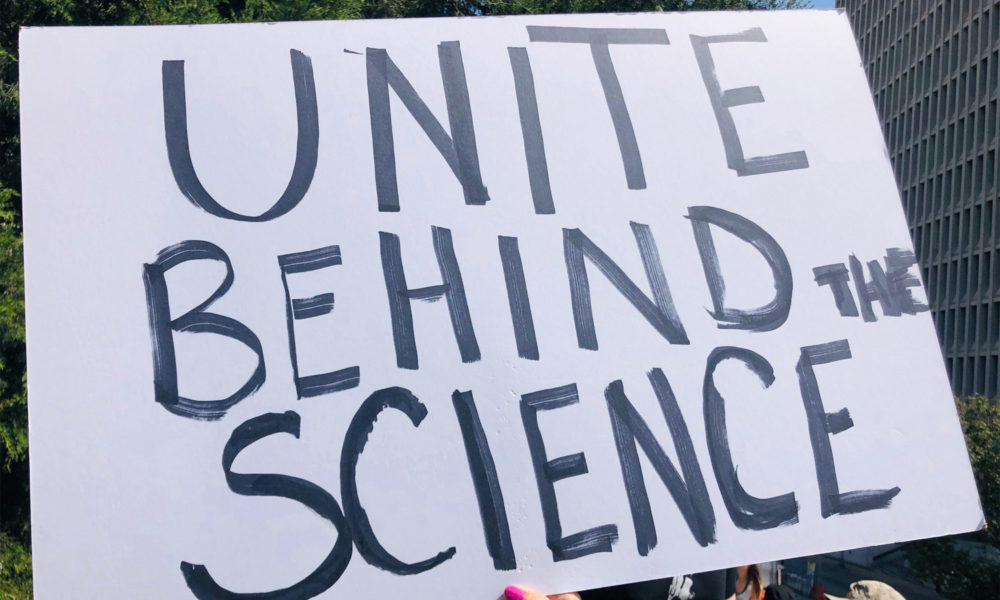2020 is here, and it’s a big deal. With a presidential election, the escalating climate crisis, and social inequality exacerbating public health inequities, the pressure is on for all of us to raise our voices to draw the connection between how science can help us solve some of our most pressing problems. All of these issues sit at the intersection of science and equity. Without science, we can’t make well-informed decisions. We need science to support the development of well-informed decisions that will benefit everyone.
Knowledge is power
As scientists and STEM students, we are uniquely positioned to help raise awareness about the connections between science and equity, and use our knowledge and networks to make a difference. There are myriad terms used to describe this type of engagement: outreach, science communication, advocacy, etc. Sometimes people use them interchangeably, but they have different (complementary) goals.
If you are already participating in science outreach and science communication, you have started the process by raising awareness of science issues. Advocacy is not just about taking action as individual scientists. It’s about building a culture within the scientific community that is accepting and supportive of scientist engagement.
If you’re interested in more ways to raise your voice in 2020, check out Science Rising to join the movement to stand up for science, equity, and justice leading up to the fall election. You can also take the Science Rising Challenge to participate in different types of civic engagement activities on your campus or community to turn out the science vote this year, and to build democratic habits that will continue beyond this election year.
To find more science advocacy tips and tools to get started, read the full article on the STEM and Culture Chronicle from SACNAS: Five Ways to Become a Science Advocate in 2020

